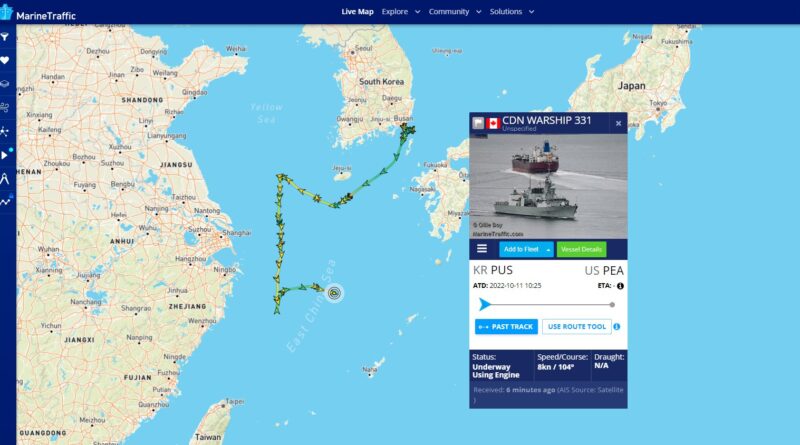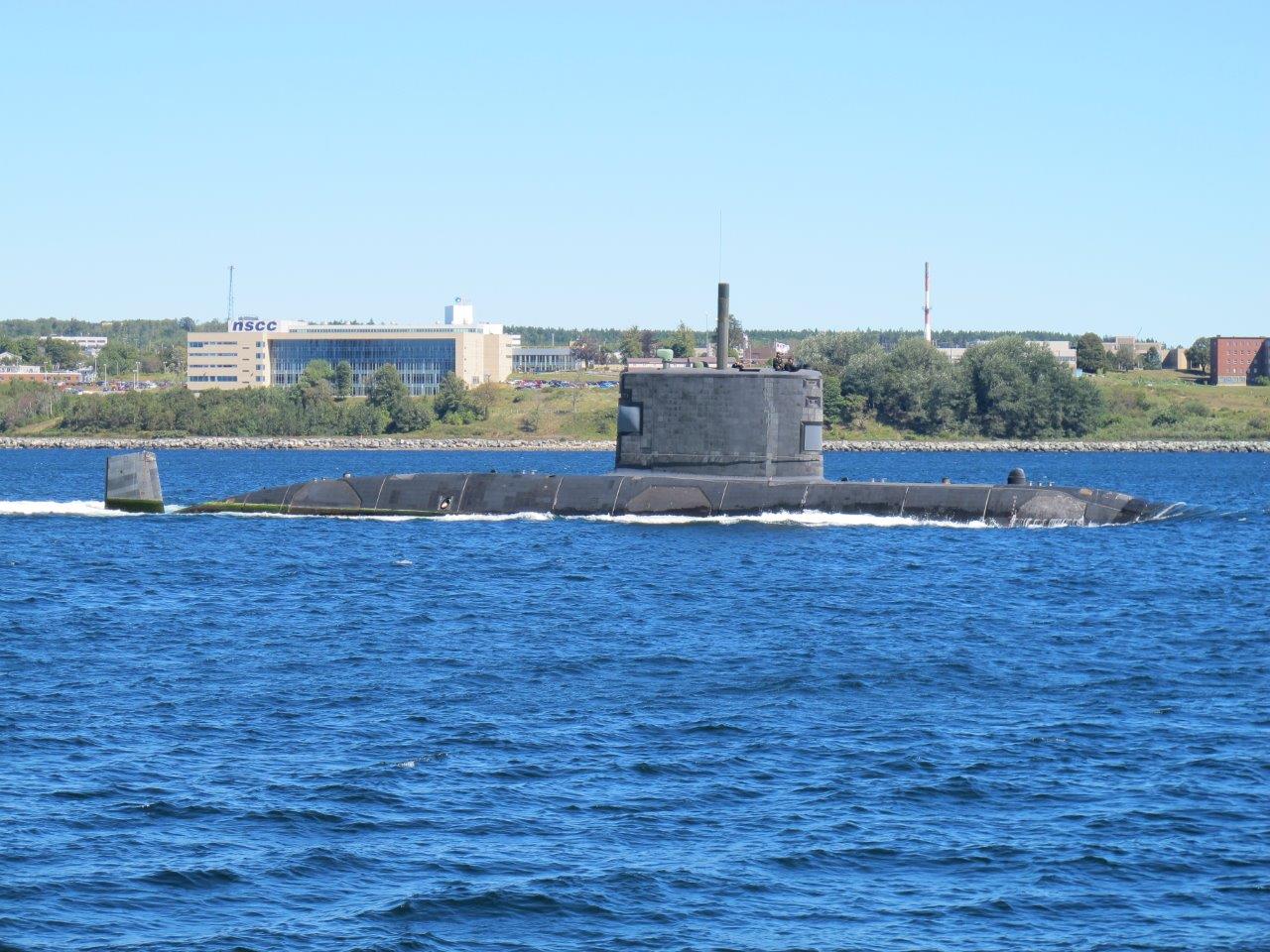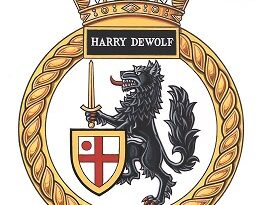Royal Canadian Navy Public Affairs Engagement Opportunities – for Ships
by Steffan Watkins
Public engagement seems to be viewed as a chore by some people in public affairs, and many don’t seem to appreciate the role they can play in increasing the confidence the public has in government messaging for entirely unrelated topics.
Many of the public don’t believe what they’re being told by government institutions anymore. Rather than making the public out as an adversary from whom information needs to be hidden, Royal Canadian Navy (RCN) Public Affairs has a unique opportunity to win the public’s hearts and minds with information that national adversaries can reasonably be expected to know already. Letting the public in on an open secret shows the public information they can verify themselves, assuring them that the Canadian government is telling the truth.
No change to existing ship emissions posture is necessary. All that is needed is an awareness by Public Affairs Officers (PAO) of what a ship’s automatic identification system (AIS) posture is.
The public are coached to not to trust anything they can’t verify. The public can normally readily verify the date, time, and location of any RCN ship by exploiting the location information transmitted by the ship’s AIS transponder. Those transmissions are received by and stored in publicly accessible repositories of that data like MarineTraffic.com, a paid subscription-based service with basic freely accessible features.
If a ship is transmitting its position via AIS, it is being picked up by orbiting satellites and shore based receivers – it is visible, plain as day. If that’s the case, public affairs messaging should use that and without undue delay publish an appropriate level of detail when presented with the opportunity: publishing video of an arrival or departure where the ship was transmitting AIS, publishing stills or video from a replenishment-at-sea where both ships were transmitting their position via AIS, and so on.
It is suggested that PAO messaging should keep up with ship AIS transmissions, and messages be tailored accordingly, to show events of interest which have already been ‘seen’ via AIS.
This work is the sole opinion of the author and does not necessarily represent the views of the Royal United Services Institute of Nova Scotia or any government department or agency. The author may be contacted at RUSI(NS).




